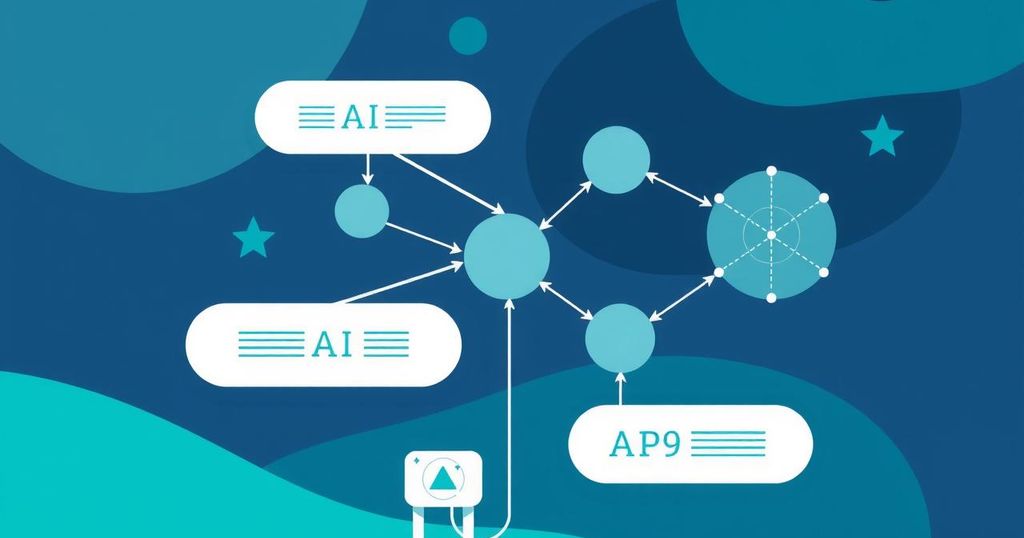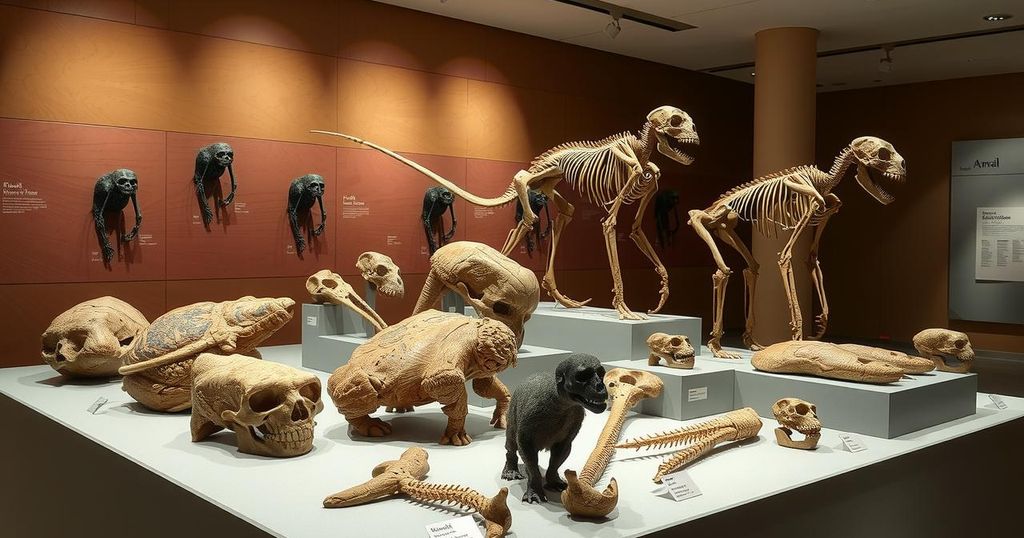Causal AI: The Future of Understanding Cause and Effect in Artificial Intelligence
Causal AI is poised to revolutionize artificial intelligence by emphasizing the understanding of cause and effect rather than just making predictions. Originating from philosophical and statistical roots, it aims to address industry needs across multiple sectors. Its development brings opportunities alongside challenges, potentially leading to significant advancements in decision-making and more human-like AI capabilities.
In the evolving landscape of artificial intelligence, a new player is stepping into the ring: Causal AI. This approach aims to elevate AI from merely making predictions to being able to explain events and solve problems by grasping the intricate dance of cause and effect. It’s a marked shift that can enhance problem-solving and clarify the outputs AI delivers.
Causal AI’s roots stretch deep into history, tracing back to philosophical debates by stalwarts like Aristotle and David Hume—who both pondered the elusive nature of causality. In more recent times, Judea Pearl took up the mantle, earning a Turing Prize for his work that laid the groundwork for how causal inference can be modeled in AI today.
Causal AI is not just for academic musings; it’s positioning itself as a versatile tool across various sectors. Just like the curious correlation between increased ice cream sales and drowning incidents, understanding causality in AI can prevent such misinterpretations in real-world scenarios. This recognition arises from acknowledging that correlation doesn’t always mean causation.
Traditional machine learning models excel in finding probabilities from historical data but often miss the deeper ‘why’. Enter causal AI. By learning to differentiate between mere patterns and real causal relationships, this approach promises to revolutionize AI, granting it a cognitive edge in complex problem-solving and decision-making situations.
Tracing the trajectory of causal inference reveals its intricate nature, from Aristotle’s classifications of causes, to Hume’s emphasis on the importance of patterns, and Fisher’s statistical methodologies. As we approached the late 20th century, Donald Rubin formalized a model that allows for causal relationships based on potential outcomes, which became pivotal in modern analysis.
As time marched on, Judea Pearl’s developments, especially Directed Acyclic Graphs, began shaping how we understand causation in AI. Pearl emphasizes that data, while valuable, cannot replace a solid understanding of the underlying causal assumptions. His ladder of causation illustrates a hierarchy in reasoning about causality—essential for progressing in both AI and science.
Fast forward to today, and we’re witnessing a surge in interest surrounding causal inference. It’s now seen as a vital area of research across fields like economics and social sciences, thanks to robust computational advances. Techniques like propensity score matching have emerged, helping clarify causal relationships amidst vast amounts of data.
The capabilities of causal AI stand in stark contrast to its predecessors, moving beyond simple data patterns to examine the mechanisms driving these relationships. It’s about understanding the deeper questions: does A cause B? This advancement opens doors in education, healthcare, and even manufacturing, improving outcomes by discerning the underlying reasons for behaviors and trends.
However, this budding field isn’t without its challenges. The transition from theoretical applications to practical implementations invites a host of considerations, particularly around ethics and data interpretation. A critical evaluation of these concerns is necessary as we forge ahead into this unchartered territory.
Looking forward, the integration of causal inference within existing AI frameworks could bring us closer to achieving artificial general intelligence (AGI). Models will evolve to explore various outcomes from different strategies and develop causal explanations, all while providing fact-based predictions. This could fundamentally alter decision-making paradigms across industries.
In conclusion, as Causal AI picks up momentum, we can expect a push toward more insightful, human-like reasoning in AI systems. By weaving causal reasoning into the fabric of AI, we might just be on the brink of a revolutionary breakthrough in our approach to technology, data processing, and understanding the complexities of life itself.
Causal AI represents a transformative leap for artificial intelligence, moving it beyond mere predictions to a deeper understanding of cause and effect. As it weaves seemingly disparate threads from philosophy, statistics, and modern technology, it opens up the potential for enhanced decision-making across various sectors. Yet, as with any major advancement, it also poses significant challenges that must be navigated carefully to ensure ethical and effective implementation. The future of AI, enriched by causal reasoning, is not just predictive but profoundly insightful, hinting at the possibility of a more human-like intelligence in machines.
Original Source: www.spglobal.com




Post Comment